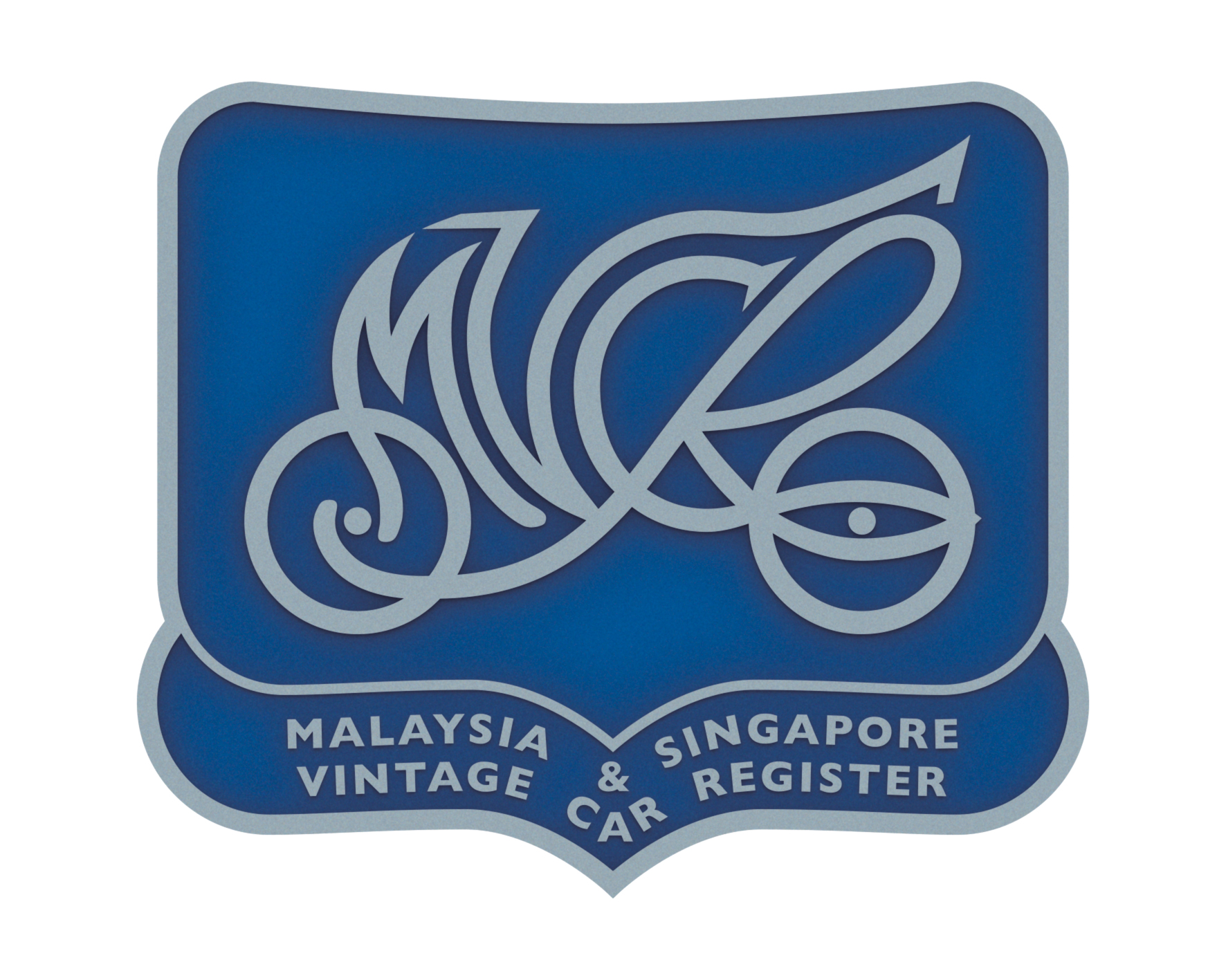The FIVA Organisation
The “Fédération Internationale des Véhicules Anciens” (FIVA) was founded in 1966 in response to an idea formulated by a handful of organisations representing the interests of historic vehicle enthusiasts within a number of different countries.  The founders felt that the time had come for an international body to promote and guide the interests of the historic vehicle movement throughout the world. At present FIVA can boast over 85 member organisations in more than 62 countries throughout the world, which in turn represent more than 1.500.000 historic vehicle enthusiasts.
The founders felt that the time had come for an international body to promote and guide the interests of the historic vehicle movement throughout the world. At present FIVA can boast over 85 member organisations in more than 62 countries throughout the world, which in turn represent more than 1.500.000 historic vehicle enthusiasts.
FIVA’s primary objective is to encourage the safe use of self-propelled, mechanical vehicles, more than thirty years old, on the roads for the benefit of both their owners, dedicated enthusiasts and the general public. To that end FIVA, through its Events’ Commission, has devised its own code for the safe promotion of rallies or mildly competitive events, and in concert with the European Commission, has recently published a Drivers’ Code for more general guidance of historic vehicle users, which can be downloaded from the link below.
FIVA is also concerned with the preservation of historic vehicles, which are accepted as being an important part of our industrial heritage and attempts to catalogue as many historic vehicles as is possible through the FIVA Vehicle ID card, which is administered by its Technical Commission. To further this end it has forged links with UNESCO and has persuaded the European Commission to accept that historic vehicles represent a significant contribution to our industrial heritage. It also has important links with ‘Fédération Internationale de l’Automobile’ (FIA) to promote the interests of historic cars in more sporting arenas and ‘Fédération Internationale Motorcyliste’ FIM to help achieve similar objectives for motorcycles.
Through its Legislation Commission, FIVA has been assiduous in protecting the continued use of historic vehicles in the face of any adverse legislation. At present, this is largely concentrated on European countries and the European Union, but with ever increasing pressures on motor transport, the potential threat is ever present.
